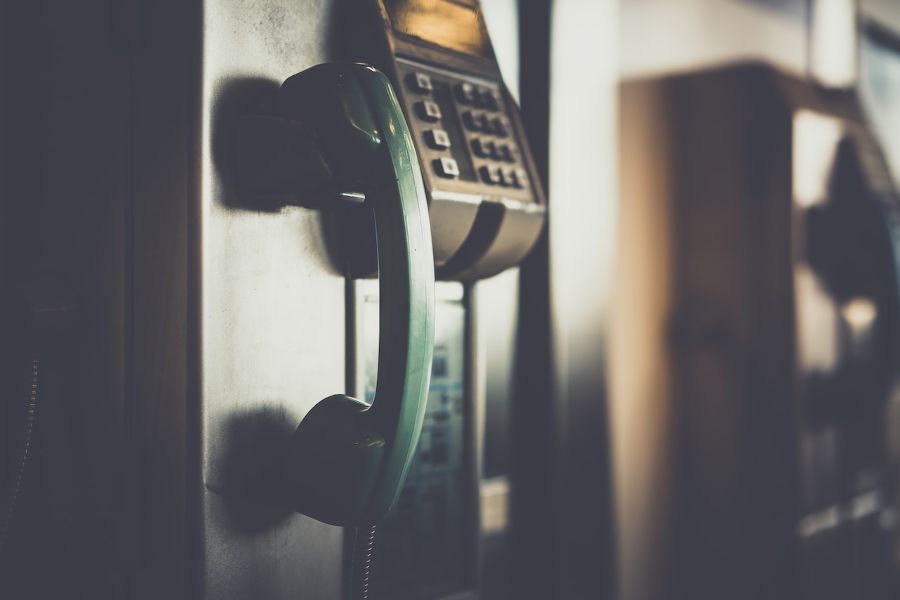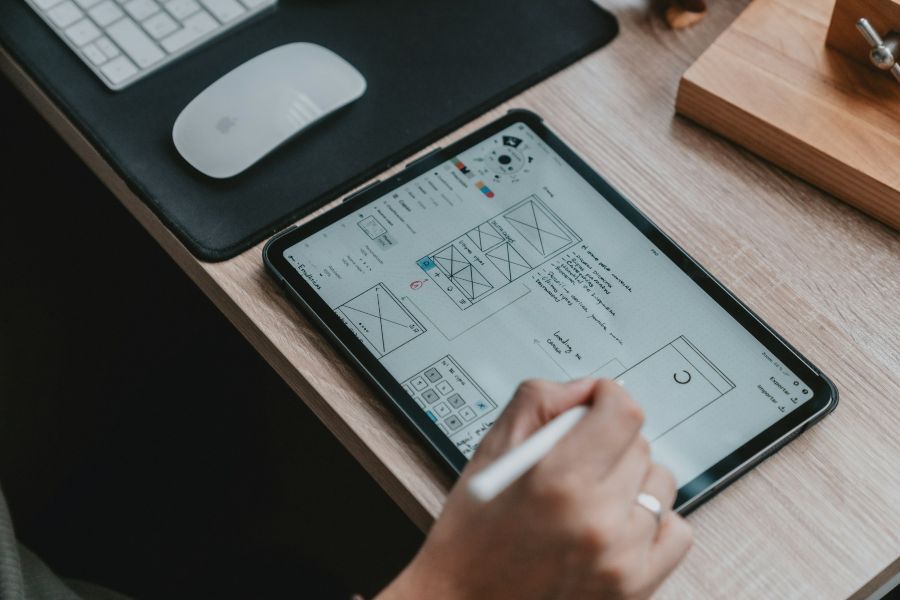Technology Implementation Case
France
France has 187 prison facilities and a prison population of 72,800 inmates (as of December 2022). The country’s correctional system emphasises rehabilitation and reintegration, offering programmes and services that address the needs of inmates and contribute to their successful re-entry into society. In-cell telephony has become a key aspect of the French correctional landscape, providing benefits that support its rehabilitative framework and contribute to institutional peace.
Before 2018, French prisons provided telephone booths in corridors and exercise yards based on a prepaid card system. Inmates could make calls only during the day between 8 a.m. and 6 p.m. Given that most inmates in France spend the majority of their time in their cells, the constraints of this system were evident. Many inmates had to choose between exercising or carrying out meaningful activities and making a phone call. Moreover, the limited calling hours often clashed with family schedules since it was the time when children were at school and family members were at work.
In addition to these issues, access to telephone booths often led to complicated situations, such as extortion among inmates. Some would control the waiting line in the exercise yard and demand ransoms to use the phone or not let others use it.
The technology in use was not centralised. At that time and each prison had its own phone infrastructure. All information and recordings were stored locally, and central management was not possible.
Furthermore, the cost of telephone calls was quite high which made the prison administration come under severe criticism at the national level.
In 2016, the Prison Administration conducted an experiment with a communication provider. The goal of this experiment was to test the feasibility of using existing cable television wiring (coaxial cable) to bring IP and voice in each cell by using the DOCSIS technology in one prison (Montmédy).
The main concern was whether this could be achieved without major construction work since working in an occupied prison environment involves moving out inmates and accompanying technicians, making the process expensive, time-consuming, and complicated.
The trial period lasted two years and proved that in-cell telephony and modern IP connectivity could become a reality in all prisons across the nation by using the existing cable television wiring.
In 2018, the Prison Administration initiated a request for proposal (RFP) for a concession contract to deliver in-cell telephone service and in addition a secure videoconferencing solution. The new system provided in-cell outgoing calls to family, lawyers, and non-governmental organisations, as well as a voicemail service for each inmate (since inbound calls are not authorised). The videoconferencing feature, which was substantially used and subsidised to replace visitation during the COVID-19 pandemic, remains outside the cells for security reasons.
Moreover, the cost for detainees is another significant element that our inmate communications solution addresses. Tariffs are aligned with those of public telephony, rather than mobile telephony, which has led to an almost 50% decrease in all national rates, compared to the previous solution.
In terms of investment, the contractor has set up the entire infrastructure in an implementation that is estimated to have saved the state about 30 million euros.
Since the rollout of in-cell telephony, the number of phone call users has doubled, and the number of calls has quadrupled. Over 50% of the total prison population, approximately 34,000 inmates, are actively using the phones in their cell, and there are currently at about 52,000 in-cell phones installed with 100% coverage across all prisons in France. This comprehensive solution has significantly increased the volume of calls and their duration, with 24/7 service allowing detainees to make as many calls and for as long as they wish.
As a result of the implementation of in-cell telephones, many individuals have reported feeling a greater sense of connection and support. This change has been especially crucial for those who have families, as it has helped to maintain important relationships even from a distance. The around-the-clock service also contributes to suicide prevention, with inmates able to call helplines at any time of day or night.
In addition, the in-cell telephony system ensures the privacy of detainees’ conversations when they are alone in their cells. This is especially important for many convicted persons in France who are detained in individual cells. They are still monitored by the prison administration, but they do not have to worry about other detainees listening in or extortion attempts.
Another significant benefit is the reduction of movements in prison facilities, as in-cell inmate phone communications eliminate the need for prison officers to escort inmates to use the phone outside of designated times. Mobile phone contraband has also been reduced significantly, by up to 20%, which is another benefit.
Overall, having telephones inside prison cells has contributed significantly to our rehabilitative vision for the prison system by providing a service that improves the wellbeing and recovery of the individuals in our care. Ultimately, our in-cell telephony system has improved operations and security in all our institutions across the country significantly.

Patrick Gomez is a highly experienced professional in the technology sector and currently serves as the Head of Equipment, Technology, and Innovation at the French Ministry of Justice. With over 35 years of experience in the field, Mr Gomez brings a wealth of knowledge and expertise to his role, where he is responsible for supporting and overseeing monitoring, forecasting, and experimentation efforts related to technological developments in the country’s prison system. His unit is focused on ensuring the security, functionality, and quality of service of equipment in both existing and new programmes.


